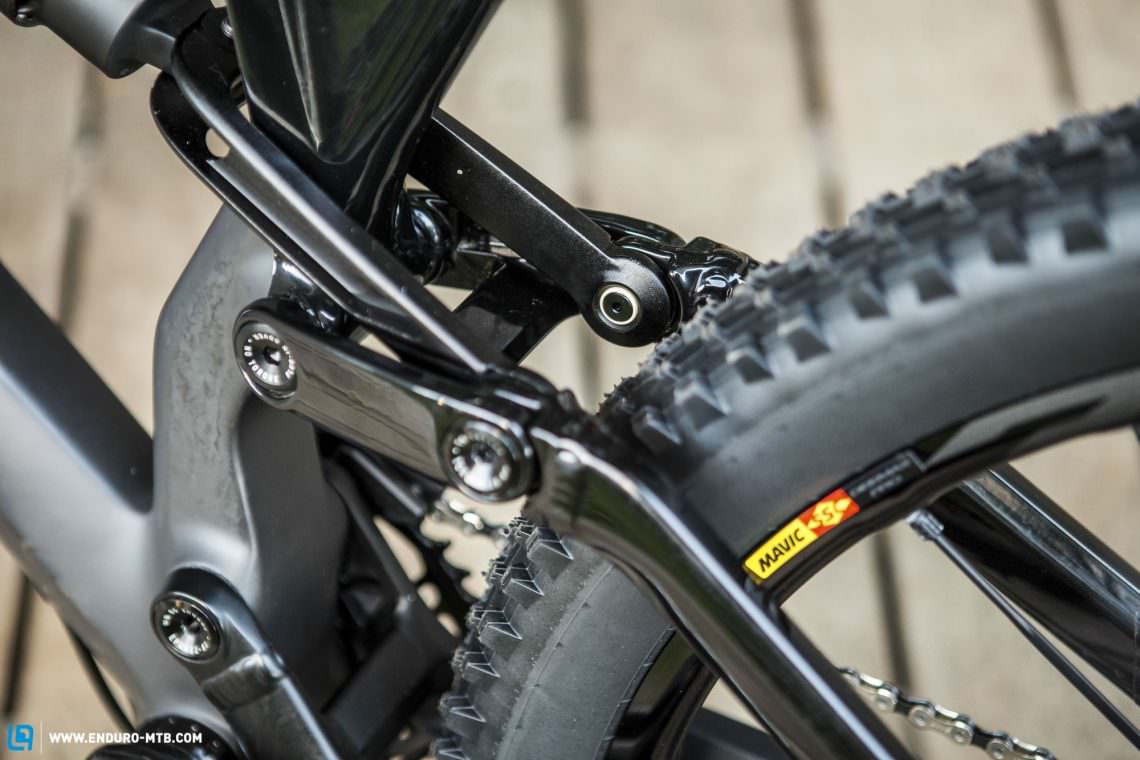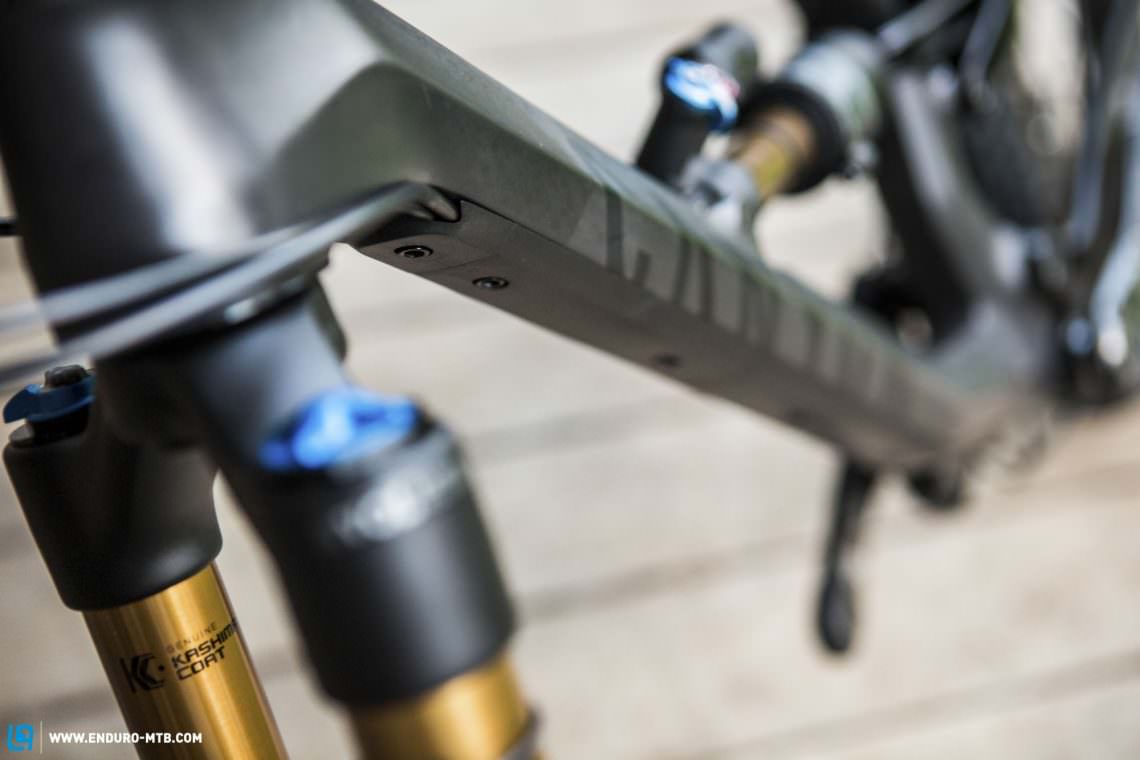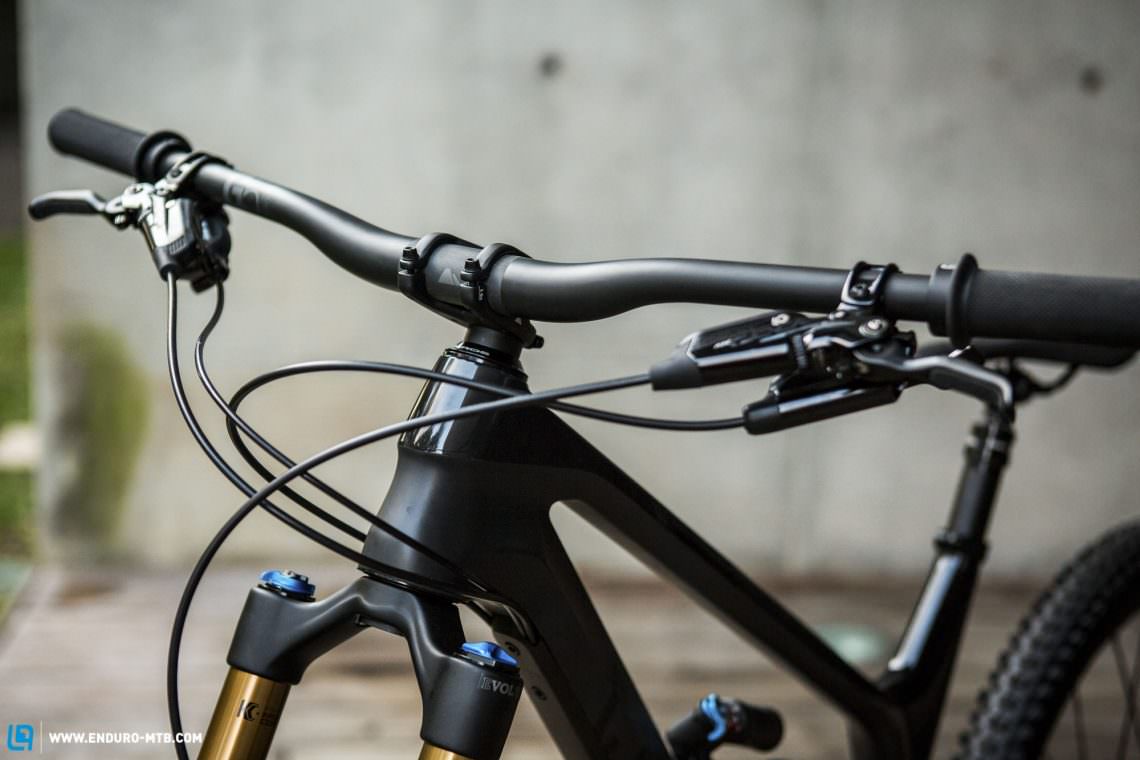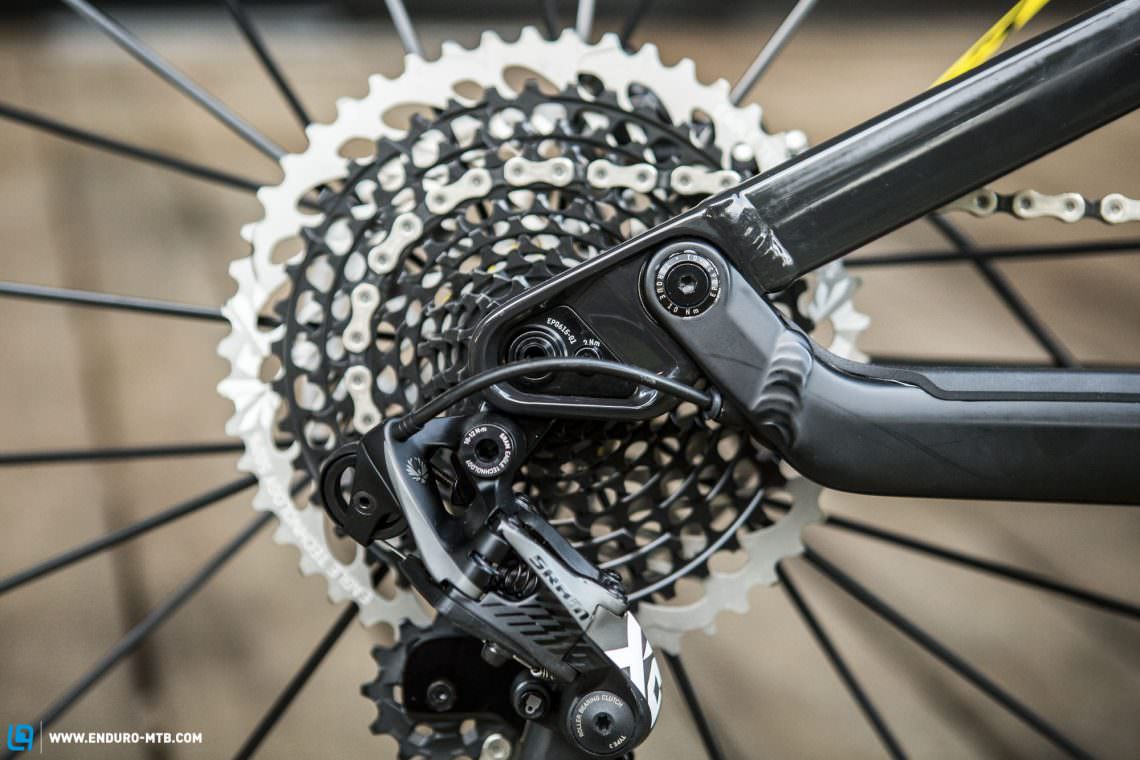Freeride is dead! Or is it? Canyon are accompanying the launch of their new Torque with the words Unruly, Unbound, Unreal. Does the Canyon Torque 2018 tick all those boxes, and what damn category does it fit into?
The industry loves putting bikes in boxes, Trail, Enduro, Downhill, a place for everything. However, what do we do with a bike with 175 mm rear travel, 180 mm in the front and a suspension kinematic borrowed from a Canyon Sender? It was inevitable a bike like the Torque would come along very soon, as bikes grow more capable, efficient and downright potent, the line between enduro and DH bikes has been blurring. Some would call it a freeride bike, but the Canyon Torque 2018 is way more versatile than this name tag suggests. Can you have a bike for ripping up the bike park, sending big gaps and then pedalling efficiently back up to the top to do it all over again? Canyon think yes!

Canyon Torque 2018 gets a new design and linkage
The new 27.5” Canyon Torque 2018 is unashamedly aimed at gravity riders, as such, it gains much of its DNA from its big brother, the Canyon Sender. Looking at the linkage, the placement of the pivot points has been optimised to place the shock in a lateral position, similar to the Canyon Sender but without the MX Link. Like the new Spectral released last week, the Torque features Canyon’s Triple Phase Suspension, promising – like all brands – initial sensitivity, support and stability in the mid-stroke and a firm ramp at the end. With its intent on bike parks and hooligan riding, the Torque will need to deliver in all aspects.

New Canyon Torque 2018 Geometry
When it comes to geometry, the new Canyon Torque 2018 slaps down its gauntlet right between the Canyon Strive and the Sender. It’s a big travel bike, but Canyon have kept the geometry familiar and have resisted the trend to go radical. The 460 mm reach (in a large) is spacious but not long, the 65.3° head angle is slack but not outlandish and the 1219 mm wheelbase is moderate. The 74° seat angle and 425 mm chainstays should ensure some #lovesbackwheel action and bottom bracket has a -15 mm drop. Overall the Torque is a long travel, familiar package, which should be fun and easy to ride, a good balance between stability at speed and the possibility of some aerobatics in the air.
| Size | XS | S | M | L | XL |
|---|---|---|---|---|---|
| Seat tube | 380 mm | 400 mm | 440 mm | 455 mm | 500 mm |
| Top tube (effective) | 565 mm | 589 mm | 609 mm | 629 mm | 650 mm |
| Head tube | 105 mm | 115 mm | 125 mm | 135 mm | 145 mm |
| Head angle | 65.3 ° | 65.3 ° | 65.3 ° | 65.3 ° | 65.3 ° |
| Seat angle (effective) | 74 ° | 74 ° | 74 ° | 74 ° | 74 ° |
| Chainstay | 428 mm | 428 mm | 428 mm | 428 mm | 428 mm |
| BB Drop | 15 mm | 15 mm | 15 mm | 15 mm | 15 mm |
| Wheelbase | 1147 mm | 1171 mm | 1195 mm | 1219 mm | 1243 mm |
| Reach | 400 mm | 420 mm | 440 mm | 460 mm | 480 mm |
| Stack | 609 mm | 618 mm | 627 mm | 636 mm | 645 mm |
New Canyon Torque, new features
Like the new Canyon Spectral that dropped last week, the Torque also benefits from many of the new features that define the new range. The integrated cable channel keeps everything very neat and tidy, sandwiching cables between a channel in the frame and a tough plastic cover. Not only does this totally silence the cables, but it also protects the downtube from the obvious rock strikes that a bike of this intent will attract. Canyon are pulling no punches in this bikes classification, designating it a Category 5, their highest and the same as the Sender. This means that all their internal strength and material testing assumes the highest level of potential abuse that their top DH elite riders can dish out.


Again, no 29er
After the ‘27.5 only’ Spectral launch, we were expecting this second bike to rock bigger wheels, but again no, the Torque is 27.5 only. Canyon made continuous reference to 27.5 being their ‘fun’ wheel size of choice, and even under intense probing and headlocks would not confirm a new ‘race’ 29er coming. But with the Strive looking increasingly mature, we would not be surprised to see a new bigger wheeled race focused bike coming next year – that’s our bet anyway.









